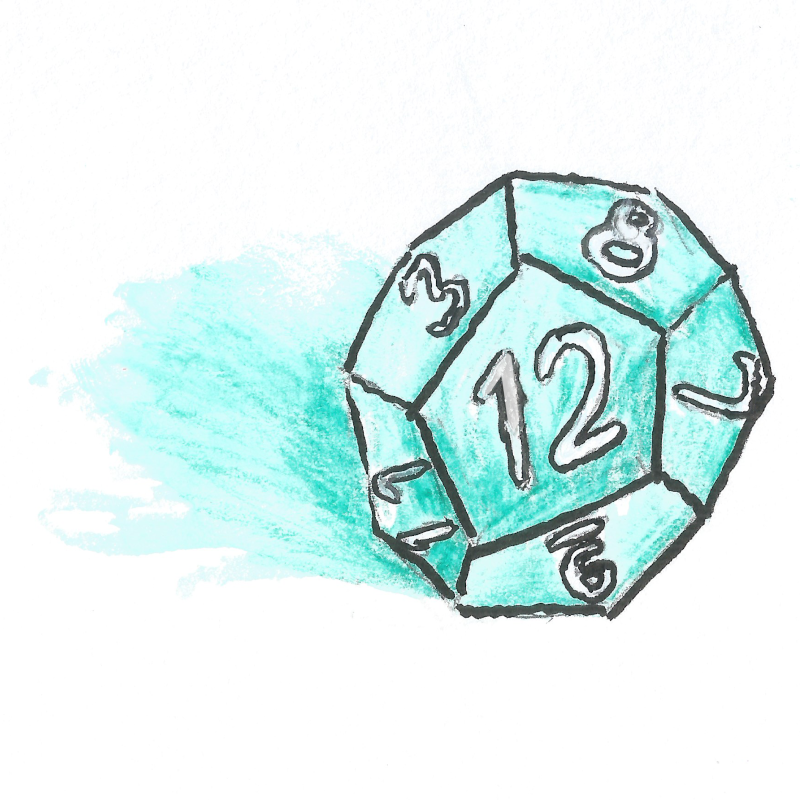When I was younger, I spent a lot of time planning D&D campaigns. I wanted to build complete worlds before I started running them, for a lot of reasons:
- I had moments of inspiration that I simply had to flesh out and get down on paper.
- Many people in our group had something we wanted to GM, and I wanted to earn the right to have my shot.
- Once I got in the coveted GM seat, I needed to prove myself. I couldn’t allow myself to fail, or I might lose that spot before the story was complete.
- If I’m honest, I think I dreamed of producing a published adventure or campaign setting ( which I’ve technically done now, I guess! )
That was two decades ago, and things have changed. I don’t think these were very healthy ways of looking at the hobby, and I’d like to talk about some ways I’ve grown in those years. Maybe it’ll be helpful for you young whippersnappers just getting into this hobby.
Use what works, not what’s mechanically satisfying
Every so often, I’ve felt the itch to tinker with a new TTRPG system. I’ve seen other people get the itch, too. In almost every case, the game never sees a single playtest.
In my experience, it’s usually driven by the idea that I can come up with some mentally satisfying mechanic. Maybe you have a magic system that is perfectly subdivided among in-game effects, or a unique and clever way of resolving checks, or a grand vision of a universally modular or expandable system.
The need to get this on paper and find a way to make it work is incredibly compelling. It always feels just a little out of your grasp, as if you could put a tiny amount of work and reach perfection.
(As a software developer, I’ve come to recognize this feeling. Many junior-level devs get in the “we need to rewrite it from scratch!” trap when things go wrong, only to face the same challenges that complicated the current version.)
This is not to discourage all tinkering–if it helps you brainstorm, you should absolutely play around with these ideas. You might not use the whole of what you come up with, but you might sift through and find some gems you can use elsewhere. (Remember, you can always add new mechanics and homebrew into an existing system.)
But the drive to find the perfect, clever system is often a ruse. When it comes to polishing up a system, campaign, or adventure, mentally satisfying mechanics aren’t really important.
Often, mechanics built to feel mentally satisfying don’t balance well, and patching them up leaves you with just another TTRPG system that has a few messy bits or asymmetries. (There’s a reason those messy bits exist in the first place, and it’s usually not because the designer failed.) And the lighter you make your rules, the more you’re depending on the GM and players to do creative improv (not always something they’re up for).
But gameplay experience is everything.
If you simply must build your own system, start by figuring out what sort of stories you want to tell and experiences you want to convey. Build a system that supports those experiences—and only those experiences.
For example, if you’re trying to tell tense survival stories, you probably don’t need a fiddly encumbrance system, but you absolutely want players to be able to tell how far away they are from their last ration or bullet.
Play or read other systems that create similar stories and experiences. Compare and contrast your vision with theirs, and think about why they made the choices they did. Borrow mechanics that support the experiences that resonate with you; steer clear of mechanics that don’t work for your vision.
There are a ton of TTRPG systems out there, more than anyone can possibly read. The odds that your first finished game is going to be one-size-fits-all or achieve mechanical elegance are low.
The most impactful thing you can do is find ways to tell better stories to a table full of people, even if those ways aren’t original inventions. If your aspirations give you the raw materials for a new set of rules, well, that’s a bonus.
